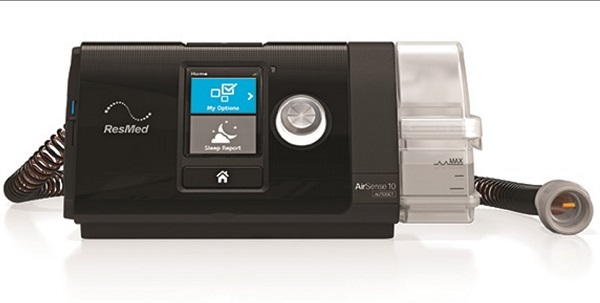Sleep apnea – diagnosis and causes of the sleep disorder
Late last year I was diagnosed with sleep apnea, a sleep disorder that causes me to stop breathing throughout the night. Left untreated, sleep apnea can be deadly. I’m writing this article to educate the tens of thousands of people out there with sleep apnea, but may not know it.
Diagnosis and causes of sleep apnea
 I was one of thousands of people living with sleep apnea, but didn’t know about it until I started waking up with ringing in my ears and fatigue throughout the day. A sleep study in Taunton confirmed that I would stop breathing about 40 times an hour and had a severe case of sleep apnea.
I was one of thousands of people living with sleep apnea, but didn’t know about it until I started waking up with ringing in my ears and fatigue throughout the day. A sleep study in Taunton confirmed that I would stop breathing about 40 times an hour and had a severe case of sleep apnea.
I was diagnosed with obstructive sleep apnea, which means my airways were being obstructed while I slept – likely caused by my throat being overly relaxed through the night. Being overweight, or having nasal/throat obstruction issues or allergies are common causes as well. WebMD provides a list of causes here.
The other forms of sleep apnea are central sleep apnea – when your brain fails to signal your muscles to breath – and complex sleep apnea which is a combination of obstructive and central sleep apnea. These usual occur with people who have had heart attacks or strokes and caused damage to the respiratory control center. Your doctor will diagnose one of the three forms of apnea, which is important for treatment.
Dangers of sleep apnea
I’ve read a ton of articles on apnea and I can tell you from the readings and my experience, your symptoms will start with snoring, headaches and fatigue. If left untreated, the dangers rise to high blood pressure, ringing in your ears and falling asleep while sitting and even behind the wheel. Eventually diabetes, stroke and heart attacks can occur. Ever heard of someone dying in their sleep? Severe sleep apnea could be the cause of the heart attack or stroke in the middle of the night. I’ve also read reports where sleep apnea increases the risk of cancer significantly.
Treating and curing sleep apnea
The good news is sleep apnea is treatable today. The most common first step in treatment will be to use a continuous positive airway pressure machine, most commonly referred to as a CPAP. It’s what I started with and currently using today. My CPAP machine is a small computer with a tube and mask that I use when sleeping. It takes about a month to get used to, but now I’m used to it and feeling the benefits. The CPAP machine tracks my apnea events throughout the night, increases air pressure when I need it and records all the data for my doctor. I get to track the results with the website and phone app. Your doctor will adjust your settings to help manage the amount of apneas you’ll have overnight.
Other treatments include mouth pieces formed by a dentist, acupuncture and surgery as a last resort. Surgery is only 50% effective, but the 50% that don’t get cured through surgery have life long discomfort afterwards and why you shouldn’t jump right into it.
Hopefully, this article educated you on the basics of sleep apnea. If you have a sleeping partner, they will be the first to detect your snoring and if you stop breathing throughout the night. If not, remember these symptoms, especially if you are over 40 years old. Because of health insurance requirements, it can take weeks or even months to get diagnosed with sleep apnea and treated.
This article is sponsored by Cape Medical Supply – New England’s premiere provider of sleep therapy service and orthopedic bracing solutions
Resources

